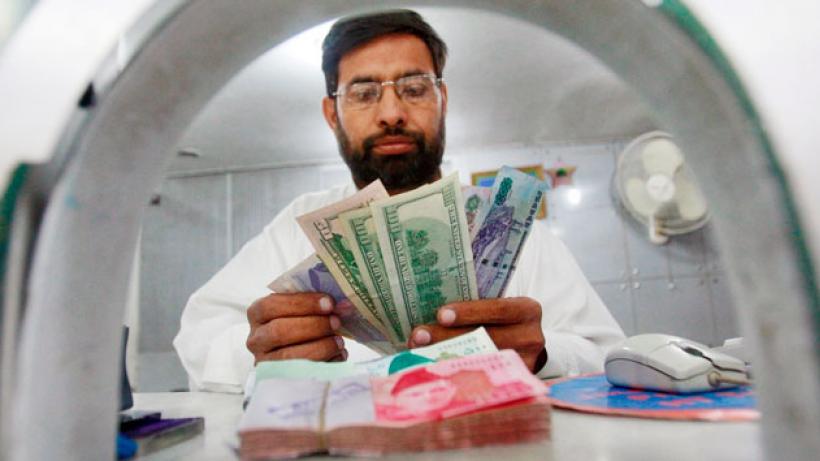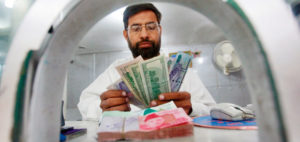
Sharing once hidden information: Credit bureaus, MFIs, and client welfare
For at least 30 years, the microfinance movement sought to provide credit in settings where strong constraints meant traditional banking methods weren’t feasible.
One particular constraint to traditional banking methods was the high fixed cost of information gathering, storage and dissemination. Over time, this constraint has been relaxed as microfinance institutions (MFIs) have expanded in scale, information technology has decreased in cost and client incomes have risen. This has led to the development of a group lending model leveraging information held by peers: credit bureaus.
Sharing hidden information
It is now possible to effectively gather and store clients’ borrowing records and personal details in a credit bureau accessible by all MFIs. Should this new possibility be embraced, and if so, how should it be applied?
The answer is not obvious and depends greatly on the extent of hidden information regarding the probability of borrowers repaying their loan, as well as moral hazard. This involves adverse selection of borrowers by MFI’s due to asymmetric information on the borrower risk type. This in turn leads to risk after the financial transaction.
MFI competition
Another concern is how MFIs compete with each other. To expand, in the presence of adverse selection and without a credit bureau (in charge of gathering account information from various creditors for consumer reporting agencies), a single MFI is effectively a monopoly lender to any client that has a proven track record of loan repayment. This has a negative effect, because good clients end up paying more due to a lack of competition. But over time, profits earned from high quality borrowers mean MFIs have an incentive to learn whether a client is a good prospect by offering small loans and observing payment over time.

Credit scores and client welfare
The introduction of a credit bureau likely weakens both the positive and negative impacts as the overall implications for welfare depend on the extent of hidden information, and the strength of competition in the market. This issue will be familiar to many of us. Bank reliance on credit scores in developed countries makes it easy to move banks for those of us with good credit scores, however it can equally serve as a barrier for young people to get on the credit ladder.
With moral hazard there are similar opposing effects. On the positive side, information sharing between banks means that default can be punished more effectively (clients who default will likely be barred from all lending, rather than being able to start again at a different MFI). This will potentially allow for credit expansion, a win for both clients and lenders.
On the negative side, some borrowers will default through no fault of their own and an efficient lending system would allow for some kind of rehabilitation. This may not be possible with a credit bureau if all lenders apply strict standards. Again, the impacts on client’s welfare will be determined by how firms use the information in the bureau, and the extent of moral hazard.
Credit bureaus: a Pakistan case study
Pakistan has recently launched a microfinance credit bureau, providing the perfect opportunity to understand their positive and negative impacts as well as their influence on credit prices and access.
MFI branches across Pakistan are clustered into different “markets” of competing branches. Each market is then assigned to one of two randomly selected treatments: for some markets, all firms will have access to the bureau as soon as possible. In other markets, access will be delayed.
Together with the Pakistan Microfinance Network, this design has been implemented by sequencing the training of MFI staff on the new system. Using administrative data from the bureau itself, how lending and borrowing behavior is affected by the roll out of credit bureaus will be tracked. The study will provide insight into how the bureau affects access to credit and the price of credit. It will also expose how variations in take-up, changes the impact of the bureau.

